7 Tips For Finding The Best Surf Fishing Spots
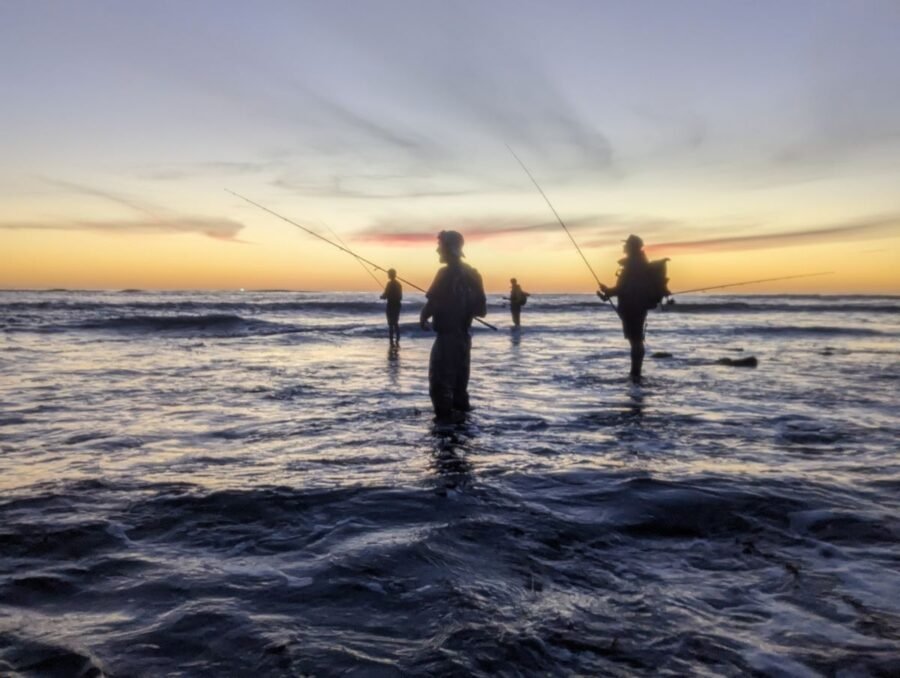
Finding the best surf fishing spots is one of the most exciting parts about fishing the shoreline. It might seem easiest to just ask someone where you can catch fish, and sometimes that works. But, it’s so much more rewarding and beneficial to learn how to discover new fishing spots on your own. Here are 7 tips to help you find the best surf fishing spots.
1. Research Your Target Species’ Habitat
The first step to finding the best surf fishing spots is researching your target species. Luckily, this website was literally designed to educate local anglers on every species we fish for from the beach in So Cal. A good page to start on would be the common surf species page or the chart below. From there, you can click each individual species and it will take you to a whole page overview on the baits and habitats they prefer along with fishing methods.
Another good resource for finding the best beaches to fish in San Diego is the linked article. I’ve overviewed what type of terrain and how crowded certain beaches are, along with where to park and where to legally fish.
| Species | Peak Season | General Season |
| California Corbina | Jun-Aug | May-Oct |
| Yellowfin Croaker | Jun-Aug | Apr-Oct |
| Spotfin Croaker | Jun-Aug | May-Oct |
| Barred Surf Perch | Nov-Apr | Year Round |
| Walleye Surf Perch | Nov-Apr | Year Round |
| Shovelnose Guitar Fish | Jun-Aug | May-Oct |
| Sting Ray | Jun-Aug | Year Round |
| Bat Ray | Jun-Aug | Year Round |
| Leopard Shark | May-Aug | Apr-Oct |
| California Halibut | Feb-Jun | Year Round |
| Soupfin Shark | Mar-Jul | Year Round |
| White Seabass | Mar-Jun | Feb-Sep |
| Calico | Mar-Sep | Year Round |
There’s a wealth info on this website for every surf species. So take some time and explore. If you have questions, don’t hesitate to reach out to me.
2. Use Google Earth To Find Fishing Spots
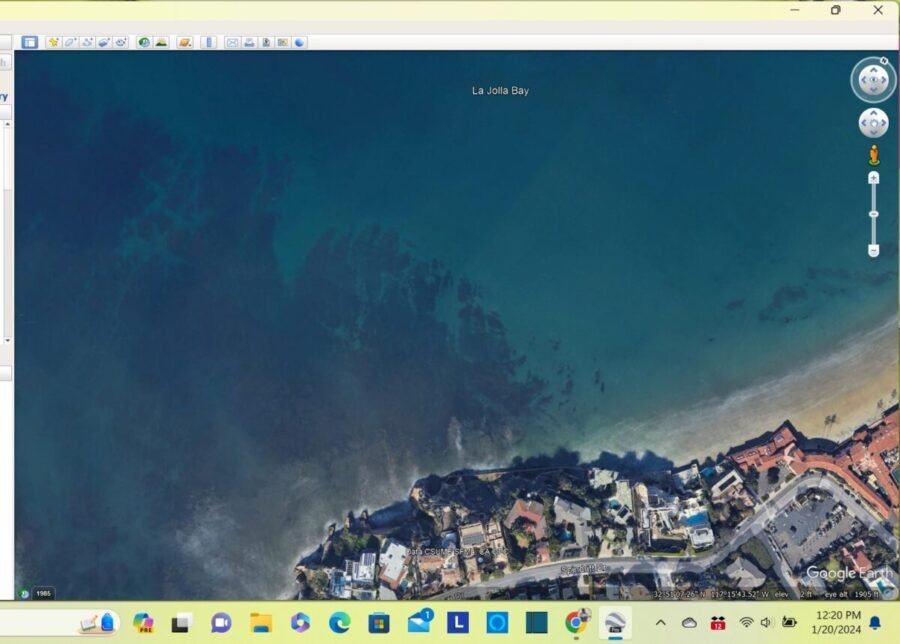
After researching and understanding your target’s preferred habitat, Google Earth is a great tool to utilize when finding the best surf fishing spots. I won’t be screenshotting any zones of mine, but take a look at this image above.
Don’t go fishing here as it’s in a Marine Life Protected Area, but this is a very unique zone where a reef habitat meets a sand habitat. Here you will have a crossover of just about any species of fish you could imagine native to the coastline of San Diego.
Get to know what type of structure your target species likes, find it on google earth, and fish it.
3. Scout Your New-Found Fishing Spots at Low Tide
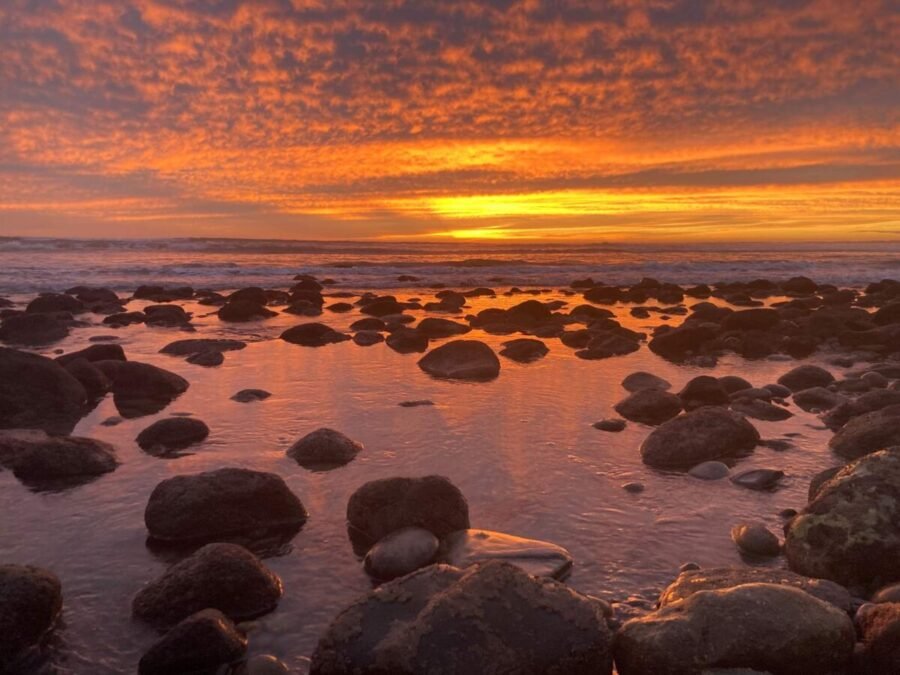
Google Earth is a very good “bulk discovery” method. Use it to bring you ideas. These ideas can turn into gold mines after you follow this tip and the tip in the next section.
Go check out these newfound zones at a low tide and see what it looks like in person. Ideally, spend some time fishing it.
Every year, we have numerous sets of negative tides often referred to as king tides. I went ahead and compiled all the dates of really high and really low tides for this year into that mentioned article. Take a look and plan your next outing.
I’ve also overviewed some benefits to fishing low tide in my article “Best Tides and Times for Surf Fishing” here. The bottom line is that low tide offers a chance to see the unseen. Also, conditions tend to be a bit “gentler” allowing for optimal surf fishing. So, scout this new fishing spot you found at a low tide and see what kind of terrain you’ll be fishing when it’s most exposed.
4. Put in Time
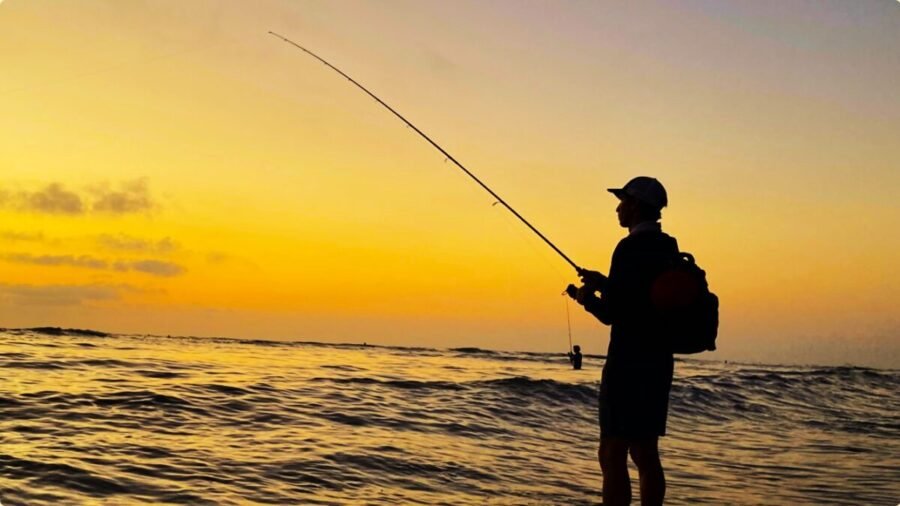
There’s no getting around this step. This is truly what sets apart the 90 from the 10. I’m sure you’ve all heard the saying, “10% of the fishermen catch 90% of the fish”. In order to be a part of that 10%, you’ve got to put in the time needed.
Finding the best surf fishing spot will do nothing for you if you don’t grind and fish the heck out of these new zones. Don’t give up if you don’t catch on your first outing. Take what you learned from the steps above and pound the surf!
5. Learn How to Read the Beach
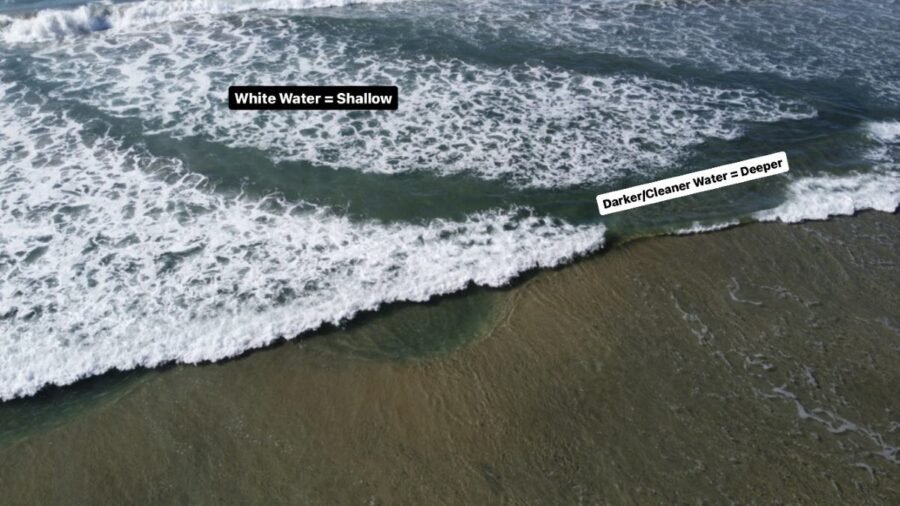
If you’re putting in the time, but you’re still not quite sure if you’re fishing the right zones, you need to take a moment to reflect on these next two tips. The first tip – learning how to read the beach. Learning how to read the beach is absolutely essential to becoming a good surf fisherman.
Reading the beach (or reading the surf) is a tactic that anglers use to identify structure underneath the water’s surface. With time, you should be able to train your eyes to see certain water patterns that indicate whether deeper water is below, a trough, a reef, or a hole between two reefs, etc.
I can’t stress the importance of this skill enough. If you click only one hyperlink on this page, click the one on reading the surf mentioned above. I spent quite a bit of time piecing that article together and making the video within it.
Once you feel confident in your abilities, hone in on all those little holes you think look best and fish the heck out of those very specific spots within the new zones you’ve found. Before you know it, you might have just stumbled across one of the best surf fishing spots in the county.
6. Be Confident, Fish it Multiple Times, Trust Your Gut
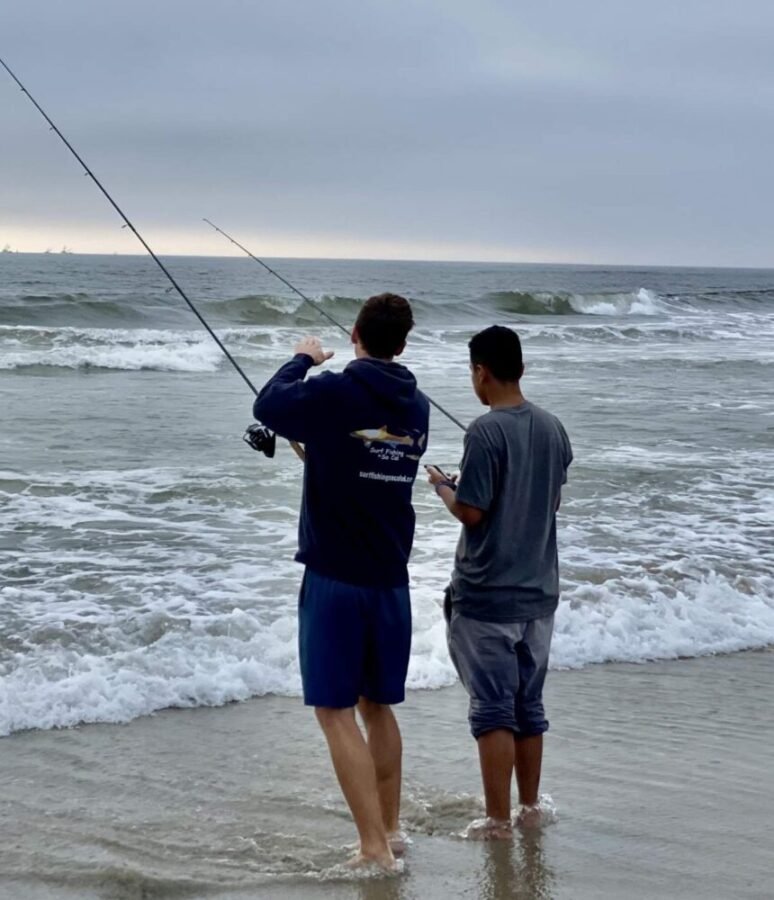
Speaking of confidence, let’s hop into the next tip. Okay, so you’ve researched your target species’ preferred habitat, used Google Earth to find a good-looking zone, learned how to read the surf, and you’ve been putting in some time fishing your zone.
If you’re struggling to catch fish, it can be easy to lose confidence, especially if you’re new to it all. I’ve always said this though, and I mean it and believe it deeply: confidence is the key to catching fish. be optimistic! Believe in yourself and the process you’re mastering. With time, it will start clicking.
Understand that even the best anglers skunk. Some days, the fish just aren’t biting, but three times fishing a zone with confidence and good conditions should be enough to determine if it holds fish. And when I say “holds fish”, all zones hold some fish, but you want it to really be productive.
If it hasn’t produced a few fish in those three sessions with good conditions in the right seasons for your target, go back to Google Earth. But also, trust your gut. Instincts are huge in fishing so follow them.
7. Develop Relationships with Local Fishing Buddies
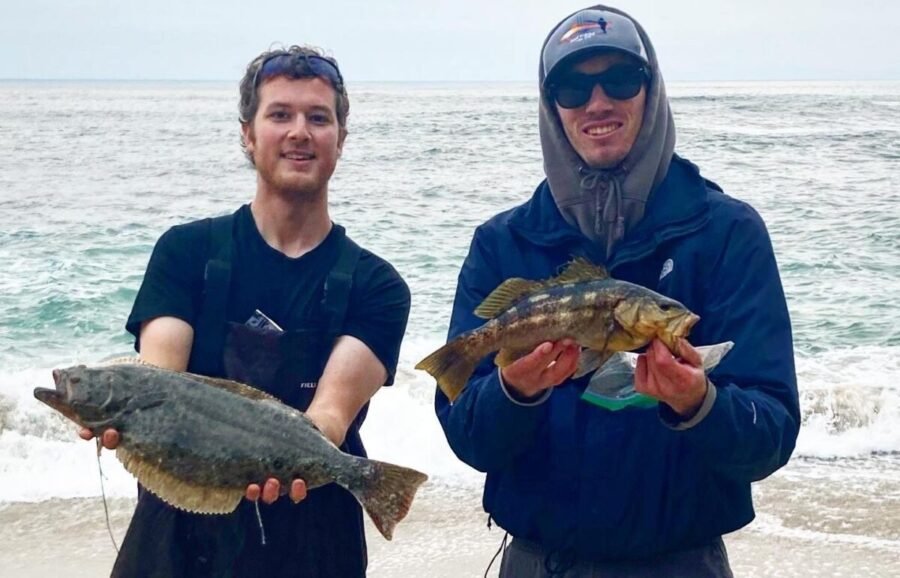
This one is totally optional. I like a healthy balance. I think there are massive benefits to fishing alone -both in terms of mental/spiritual health in addition to productivity of your session. But, I also have a few really close buddies who I will always fish with.
There’s no denying I’ve learned something from every one of my close fishing buddies and I’ve gained insights to new zones through fishing with buddies. It’s a very productive and social form of zone discovery. But I will say, nothing compares to discovering a new zone on your own, all alone.
Solid advice Nick………….. Verne
Ahh you’re back in! Apologies for the delay on getting back to your message, I hadn’t had time to troubleshoot it yet so I’m glad you’ve figured it out.